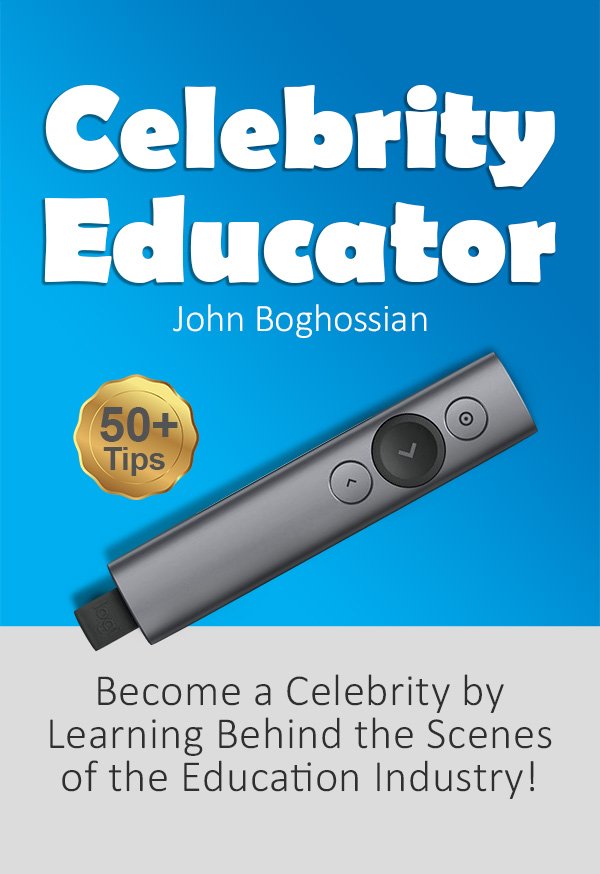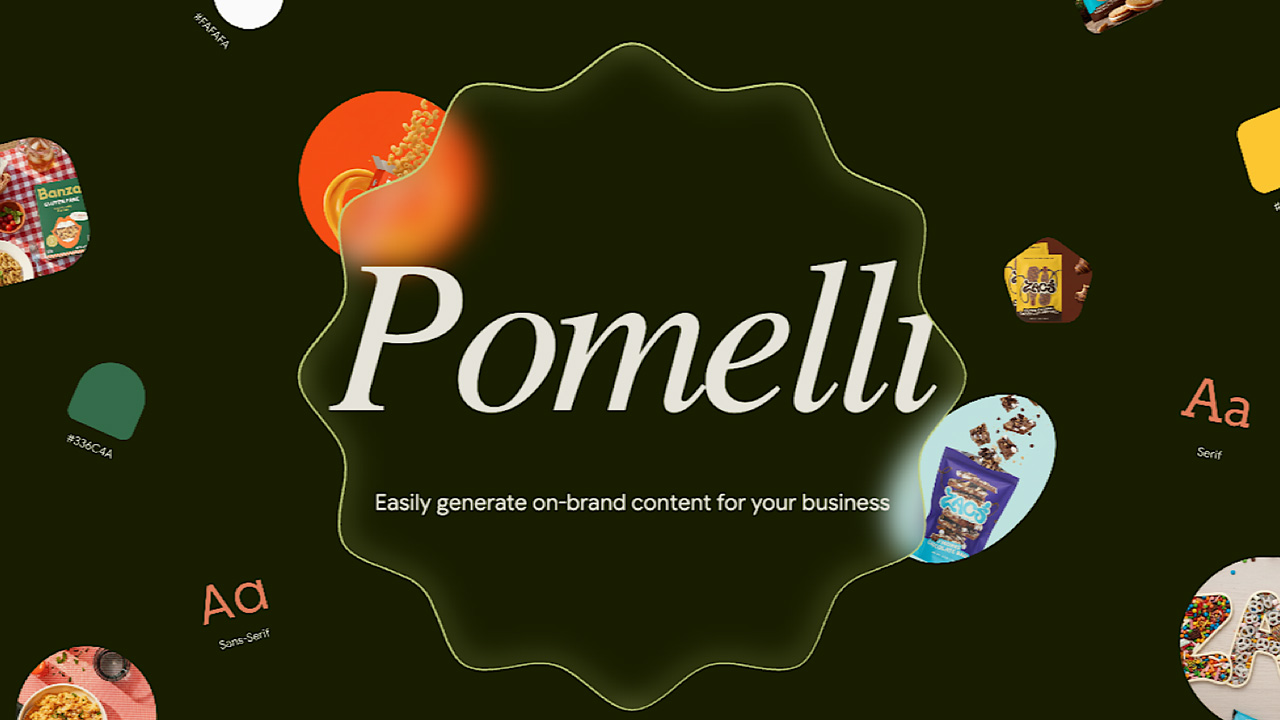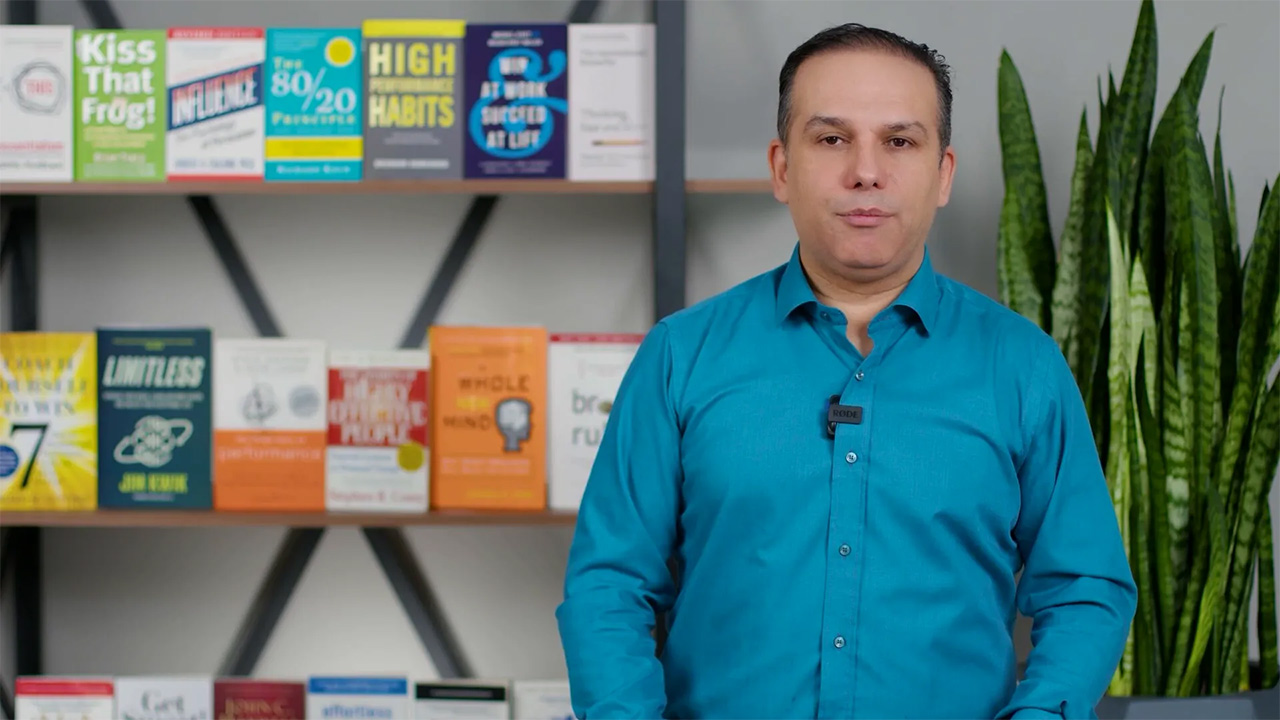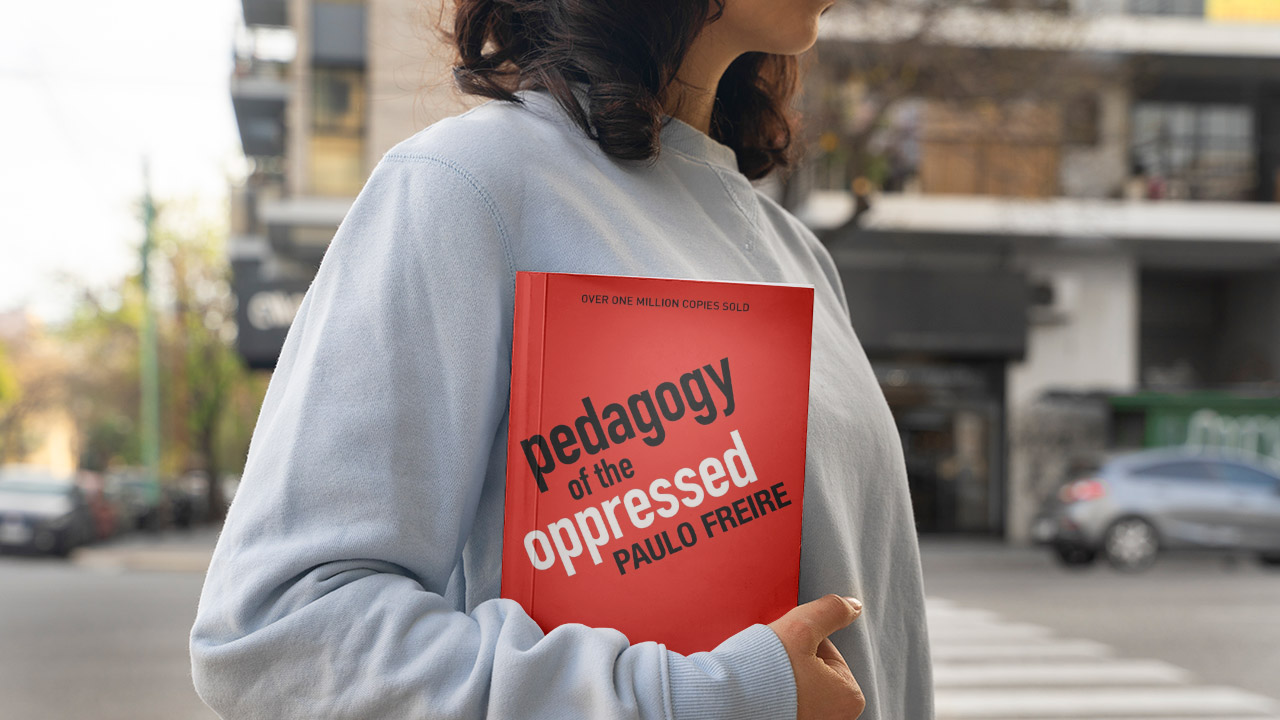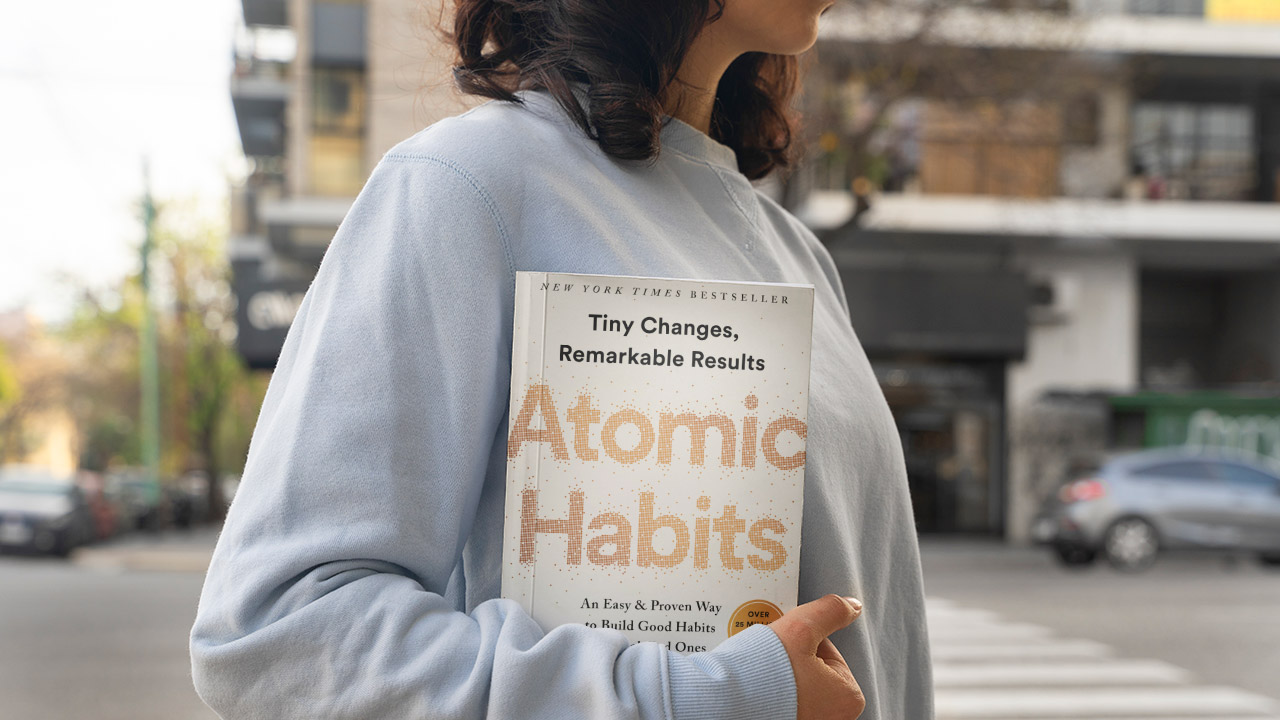Contents
Most marketers underestimate the power of A/B testing paired with AI technology to elevate their advertising strategies. In this case study, you’ll discover how implementing AI-driven A/B testing not only optimized ad copy but also led to an impressive 30% increase in conversions. By leveraging data insights, you can refine your messaging and connect with your audience more effectively. Dive in to explore practical applications and techniques that can transform your ad performance significantly.
Key Takeaways:
- A/B testing with AI can significantly optimize ad copy, leading to a measurable increase in conversion rates, as demonstrated by a 30% uplift in performance.
- Utilizing AI-driven insights enables marketers to rapidly identify which elements of ad copy resonate best with target audiences, facilitating quicker decision-making.
- Continuous testing and refinement of ad copy is imperative, as AI can help uncover patterns that may not be immediately obvious, driving ongoing improvements in campaign effectiveness.
The Impact of Ad Copy on Consumer Behavior
Ad copy plays a pivotal role in shaping consumer behavior and influencing purchasing decisions. Well-crafted messages not only capture attention but also resonate with potential customers, leading to increased engagement and conversion rates. Your choice of words, tone, and emotion can determine whether a visitor takes action or leaves your site. Reports indicate that effective ad copy can boost click-through rates by up to 200%, highlighting its necessary role in driving business success.
Psychological Triggers Driving Engagement
Leveraging psychological triggers in your ad copy can unlock higher engagement levels. Techniques such as scarcity, urgency, and social proof tap into consumer emotions, compelling them to act. For instance, stating that only a few items remain can create a sense of urgency, prompting customers to make quicker purchasing decisions. By prioritizing these triggers in your A/B testing, you can discover which techniques resonate best with your target audience.
The Role of Personalization in Modern Advertising
Today’s consumers expect personalized experiences, making tailored ad copy a game-changer. Research reveals that personalized messages can lead to conversion rates that are 10 times higher compared to generic ones. By using data-driven insights, you can create ad copy that speaks directly to individual preferences and behaviors, enhancing both relevance and impact. This level of customization not only elevates engagement but also fosters a deeper connection between your brand and your audience.
Incorporating personalization into your advertising strategy goes beyond just including a recipient’s name. By analyzing data on consumer behavior, you can tailor your messages to reflect specific interests, past purchases, or even browsing patterns. For example, if a user frequently browses outdoor gear, showcasing similar products or offering exclusive discounts on related items can significantly increase the chances of conversion. This targeted approach not only leads to better ad performance but also cultivates brand loyalty, resulting in repeat customers who appreciate the individualized attention.
Harnessing AI for Effective A/B Testing
Implementing AI in A/B testing significantly enhances your ability to derive actionable insights from ad copy. By automating the analysis of large datasets, AI drives faster testing cycles and minimizes human error. Your creative team can focus on crafting compelling messages while the AI monitors performance metrics, enabling you to make informed decisions that boost conversion rates. The blend of human creativity and AI efficiency creates a perfect synergy for impactful campaigns.
AI Algorithms Revolutionizing Ad Copy Analysis
Machine learning algorithms analyze vast quantities of consumer interaction data to identify trends and preferences in ad copy. By deploying natural language processing, AI dissects language nuances and emotional cues that resonate most with your audience. These advanced algorithms can predict which headlines or calls to action will yield higher engagement, allowing you to tailor content dynamically based on data-driven insights.
The Mechanics of A/B Testing in Practice
A/B testing requires precise execution to yield meaningful results. You’ll first define a clear hypothesis: what changes to your ad copy do you believe will improve conversion rates? Next, create two variations of your ad—A (the control) and B (the variant)—and direct an equal amount of traffic to both. As interactions accumulate, analyze data like click-through rates and conversion statistics. This process not only identifies the most effective option, but provides you with vital information about your audience’s preferences.
Through this systematized approach, you position yourself to observe real-time responses, adapting strategies based on what truly works. For instance, if ad variant B outperforms A by a notable percentage over a predetermined timeframe, you can confidently implement B as your primary ad. Simultaneously, leveraging AI tools helps validate these findings, ensuring you’re optimizing not just for the present, but also setting the foundation for future campaigns based on learned behaviors and preferences. As you iterate on your ads, the combined power of data analysis and A/B testing can create a continuously improving cycle of enhancement.
The 30% Conversion Surge: A Deeper Dive
The implementation of AI-driven A/B testing led to an astonishing 30% uptick in conversions over a three-month period. By continuously analyzing user engagement with different ad copies, you not only optimize your messaging but also enhance overall performance. This surge in conversions indicates the power of data-driven strategies and the ability to fine-tune your copy to meet audience expectations.
Key Metrics that Signaled Success
Apart from the impressive conversion rate, other important metrics signaled success as well. Click-through rates (CTR) rose by 25%, while the cost per acquisition (CPA) decreased by 15%. These metrics serve as a strong foundation, showing that your ads resonated better with the target audience and brought in quality leads at a lower cost.
Variations in Ad Copy that Made a Difference
Specific variations in your ad copy emerged as the standout factors for the conversion spike. For example, headlines incorporating urgent language — like “Limited Time Offer” — captured attention effectively, resulting in a 40% higher CTR compared to standard phrases. Additionally, using customer testimonials not only built trust but also increased engagement, demonstrating the importance of social proof in your messaging.
Several key changes were pivotal in this success. Ad variants that highlighted exclusive benefits and addressed potential customer pain points shifted focus away from product features and towards solutions. By employing emotionally charged words and calls to action, you fostered a deeper connection with your audience. A/B testing helped unlock the potential of your copy, revealing that elements like personalization and urgency could drive conversions significantly. These insights emphasize the importance of continual testing and adaptation in your marketing strategy, allowing you to maximize the effectiveness of your advertising efforts.
Real-World Implementation: Lessons from the Case Study
The case study of A/B testing with AI reveals several key lessons that can be applied in real-world scenarios. Leveraging AI tools not only enhances the efficiency of the testing phase but also ensures data accuracy, reducing subjective biases. Regular monitoring of performance metrics is vital, as even slight adjustments can lead to significant improvements in your ad campaigns.
Integration of AI Tools into Marketing Strategy
Integrating AI tools into your marketing strategy streamlines the A/B testing process by automating data analysis and generating predictive insights. By employing AI algorithms, you can identify high-performing ad variations quickly, allowing you to make informed decisions at an accelerated pace. Utilizing AI also frees up your marketing team to focus on crafting compelling narratives rather than getting bogged down in data processing.
Overcoming Challenges and Bottlenecks
Transitioning to an AI-driven A/B testing framework can present challenges, particularly around initial setup and employee training. Many teams experience resistance to embracing new technologies, and adapting existing workflows may seem daunting. However, establishing a clear communication strategy and providing comprehensive training can facilitate smoother adaptation.
To effectively tackle resistance, focus on showcasing success stories and data from pilot projects demonstrating tangible benefits. Assigning ‘AI champions’ within your organization can help guide team members through the learning curve while advocating for AI adoption. By addressing concerns proactively and emphasizing the potential for increased conversions, team members are more likely to overcome initial hurdles and embrace the new system enthusiastically. Additionally, fostering a culture of experimentation will empower your team to innovate without fear of failure.
Future Trends in AI-Driven Advertising
As you look toward the future of advertising, AI’s role will only expand, offering more sophisticated tools for capturing consumer attention and driving conversions. One key trend involves enhanced automation in ad copy generation, facilitating customized messages tailored for diverse audience segments. Innovations in machine learning will enable predictive modeling that anticipates customer behaviors, allowing advertisers to stay a step ahead. Embracing these advancements not only pushes your marketing strategies forward but also ensures higher engagement and memorable brand interactions.
Predictive Analytics and Consumer Insights
Leveraging predictive analytics enables you to uncover actionable consumer insights that can inform your advertising strategies. By analyzing historical data patterns, AI tools predict future purchasing behaviors and preferences, allowing you to tailor your messaging more effectively. This means you can optimize your ads not just for current trends but also for anticipated customer needs, ultimately enhancing the chance of conversion and fostering stronger customer relationships.
Ethical Considerations in AI Advertising
Navigating the landscape of AI advertising also demands keen attention to ethical considerations. With algorithms that analyze and predict consumer behavior, issues like data privacy and potential bias in ad targeting can emerge. Ensuring that your AI tools are transparent and fair while respecting consumer rights is imperative for maintaining trust and credibility in your brand.
The ethical implications of AI in advertising can be profound. You risk alienating your audience if your algorithms inadvertently target susceptible groups or rely on biased datasets. In an era where consumers are increasingly concerned about their data privacy, adopting transparent practices and acquiring explicit consent for data usage will not only protect your reputation but can also become a unique selling proposition. A strong ethical framework fosters brand loyalty, as consumers are likely to engage more with brands that align with their values. Being proactive about these issues now positions you as a thought leader in responsible advertising, ultimately benefiting both your brand and your audience in the long run.
To wrap up
Taking this into account, A/B testing ad copy with AI proved to be a game-changer for increasing conversions by 30%. By leveraging data-driven insights and harnessing the power of artificial intelligence, you can refine your advertising strategies and gain a competitive edge. Implementing systematic testing allows you to understand what resonates with your audience, leading to more effective campaigns. Embrace these innovative techniques and watch your conversion rates soar, positioning your business for growth and success in the dynamic digital landscape.
FAQ
Q: What is A/B testing and how is it applied to ad copy using AI?
A: A/B testing is a method used to compare two versions of a webpage, ad copy, or any other marketing material to determine which one performs better in terms of conversions or engagement. In the context of ad copy, AI tools can generate multiple variations of the text, allowing marketers to test different headlines, calls to action, and overall messaging. By running these tests, companies can analyze performance data to pinpoint the most effective copy, ultimately optimizing their ads to drive higher conversion rates.
Q: What were the key findings from the case study on increasing conversions by 30%?
A: The case study revealed that integrating AI for A/B testing significantly improved the ad copy’s effectiveness. By utilizing machine learning algorithms, the marketing team identified which phrases resonated most with their target audience. They discovered that certain emotional triggers and clearer value propositions led to increased engagement. Additionally, iterative testing allowed for rapid adjustments based on real-time data, contributing to a notable 30% increase in conversions over the campaign period.
Q: How can businesses implement A/B testing for their ad campaigns?
A: Businesses can start by defining clear objectives for their ad campaigns and identifying the key elements to test, such as headlines, CTA buttons, and overall messaging. After creating distinct versions of the ad copy, they should run these variations concurrently to collect performance data. Utilizing AI tools can streamline this process by automating the generation of text and analyzing results efficiently. Once sufficient data is gathered, businesses can evaluate which version performed best and apply those learnings to future campaigns to enhance overall performance.


